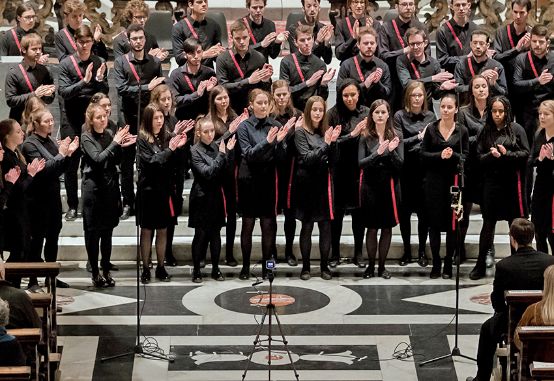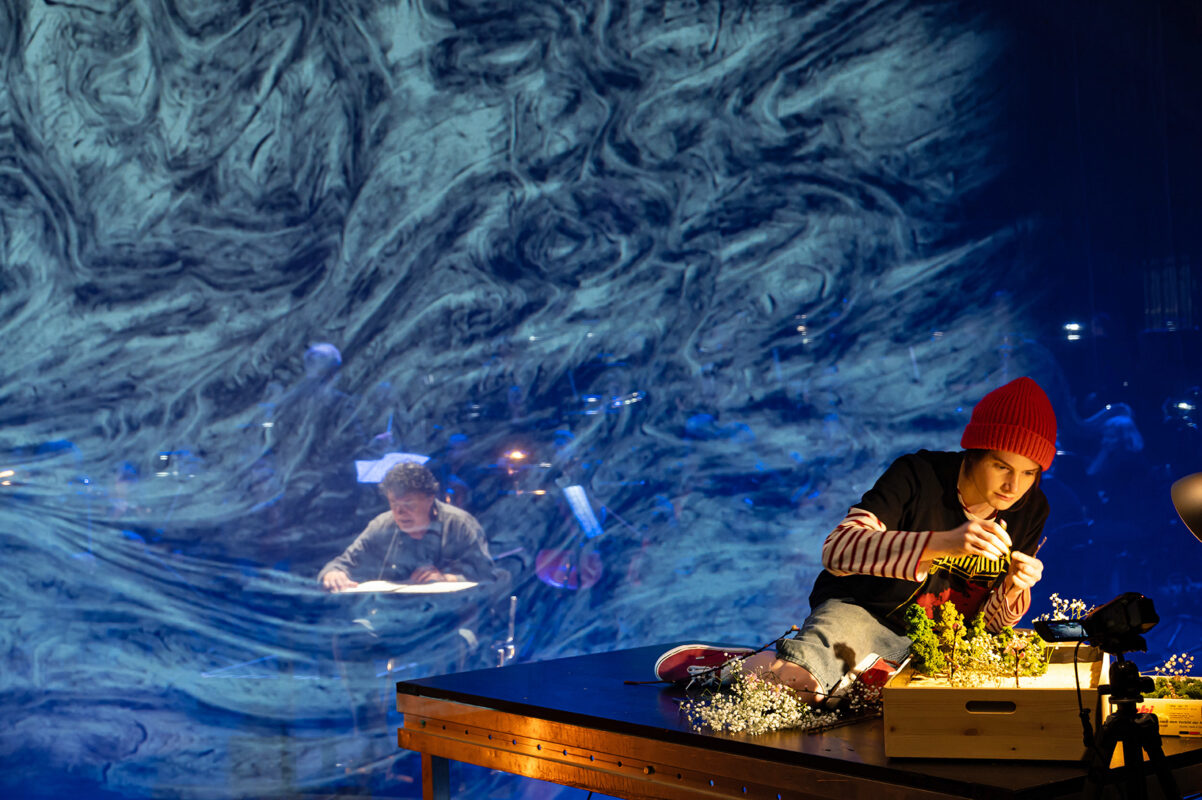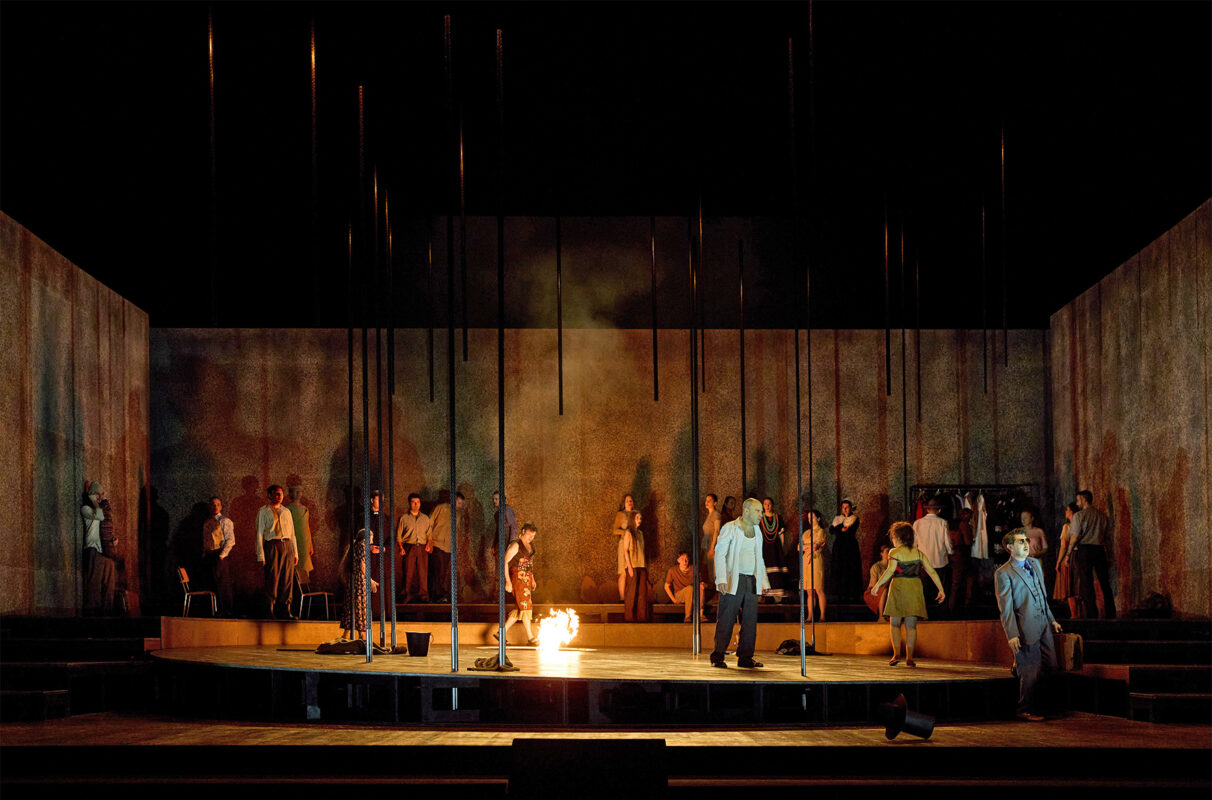Choral culture historically and geographically
The Swiss choral scene cannot be lumped together - this was confirmed at a conference at the University of Bern on September 17 and 18.

The conference "Choral Life in Switzerland" achieved what is rare enough: it brought together experts from western and German-speaking Switzerland in equal measure. It thus facilitated a highly interesting exchange on the differences in choral culture between the two parts of the country, including Romansh-speaking Switzerland. Only Italian-speaking Switzerland was somewhat neglected. The fact that the polyglot conference chair, the Brazilian musicologist Caiti Hauck, is at home in French-speaking Switzerland was probably the reason for the successful bridging of the Romansh divide. She is conducting research in Bern and has been tracing the history of one choir from German-speaking Switzerland (Berner Liedertafel) and one from French-speaking Switzerland (Société de Chant de la Ville de Fribourg).
The Swiss bird's-eye view was complemented by reports from the German choral tradition, represented by Friedhelm Brusniak. The Würzburg professor of pedagogy has done pioneering work in reappraising the history of popular vocal music in Germany. The diverse and problematic links between Switzerland and its monarchist and National Socialist neighbors to the north were by no means ignored, especially with regard to Othmar Schoeck's oeuvre. The latter were traced by Strasbourg church music specialist Beat Föllmi.
The audience listened with great interest to musicologist and translator Irène Minder-Jeanneret's presentation on the early history of the Société de musique de Genève. It was astonishing to learn that this society was founded in 1823, not least for touristic reasons, as travelers expected evening entertainment in the city on their way to the Mont Blanc region.
Aurore Cala-Fontannaz, currently a doctoral student at the Sorbonne in Paris, highlighted the importance of the vocal composer Louis Niedermeyer, who is hardly known in German-speaking Switzerland and who founded a singing school in Paris and reformed church music. The historian Anne Philipona from Fribourg also showed how the choral tradition in French-speaking Switzerland is influenced by Catholicism: during meetings between choirs from German-speaking and French-speaking Switzerland in the mid-19th century, republican sentiments and conservatism loyal to the Roman Empire clashed during the Sonderbund War.
This side and the other side of the Saane
The choral scene in French-speaking Switzerland was influenced not least by ambitious combinations of singing and theater. As the Fribourg musicologist Delphine Vincent pointed out, the Théâtre du Jorat, located just outside Lausanne, is a good example of this. Gustave Doret, Arthur Honegger, Frank Martin and André-François Marescotti, who is hardly known today, wrote music and choral parts for the stage works performed there. In addition, Vevey's gigantic winegrowers' festival also enlivened the choral scene, most recently in 2019, when it traditionally celebrated the Ranz des vachesthe "Blues of the Alps". A folk jury had put together a group of tenors, including farmers, electricians, teachers, engineers and road maintenance workers, who celebrated the "Lyoba". This hymn of the alpine herdsmen and the Hymne à la Terrea hymn of praise written by Blaise Hofmann especially for the most recent Fête des Vignerons, was analyzed by the composer Noémie Favennec-Brun.
Denominational aspects may play a role in shaping the singing cultures of the language regions. The final discussion between the choir representatives from Western and German-speaking Switzerland revealed clear differences in mentality - also reflecting political attitudes. While the repertoires in German-speaking Switzerland are micro-local and differ from canton to canton, even from region to region, the common repertoire and aesthetics seem more uniform in French-speaking Switzerland. Apparently, the willingness to revitalize the repertoire with challenging new compositions from the tradition of contemporary art music is also much greater there than in German-speaking Switzerland. East of the Saane, the scene is now characterized by project choirs with a wide variety of styles, from pop, gospel and jazz to barbershop and a cappella formations in the style of the Prinzen or Flying Pickets. The self-exploitation of self-arranging choir directors has reached such an extent that the ensembles are no longer prepared to pay an appropriate sum for an externally commissioned composition.
It fits into the federal picture: It was probably not least due to animosity and mistrust that, following the abolition of radio choirs, only in exceptional cases has it been possible to fund a professional choir in German-speaking Switzerland over a longer period of time. The Swiss Chamber Choir ultimately fell victim to the unwillingness of several cities to support such an institution financially, as Lukas Näf, the son of founder Fritz Näf, outlined at the conference.
To the picture
The photo is from the article Getting to know each other through singing by Niklaus Rüegg from the Swiss Music Newspaper 4/2018, page 8 f. He uses two choir projects to describe how singing combines music, language and culture with emotions.
The Schweizer Musikzeitung is the media partner of this conference.








